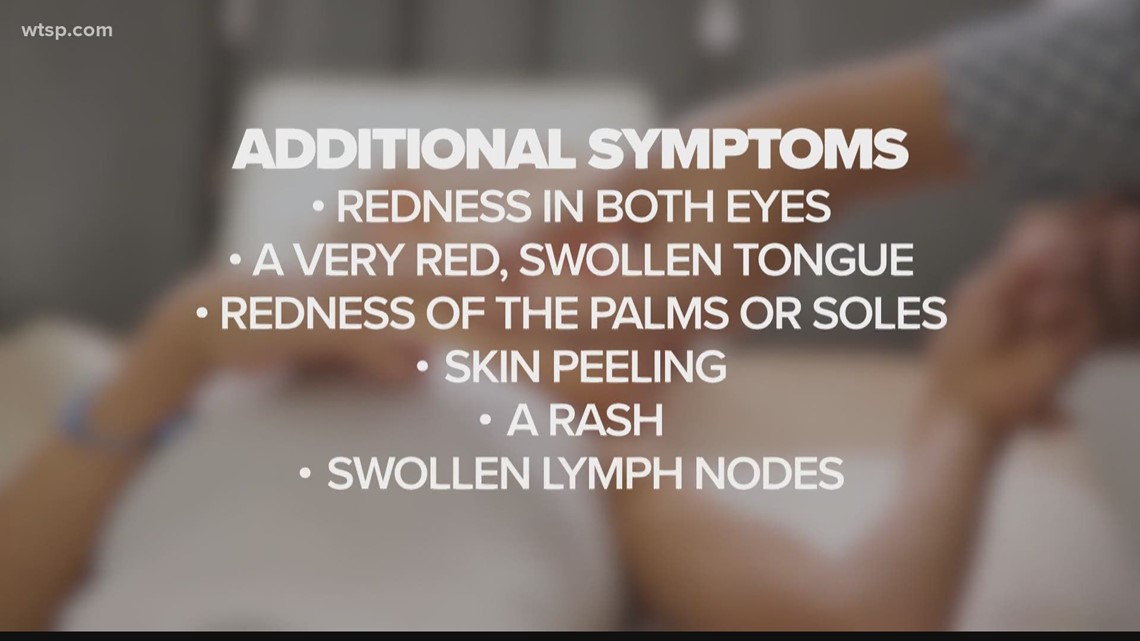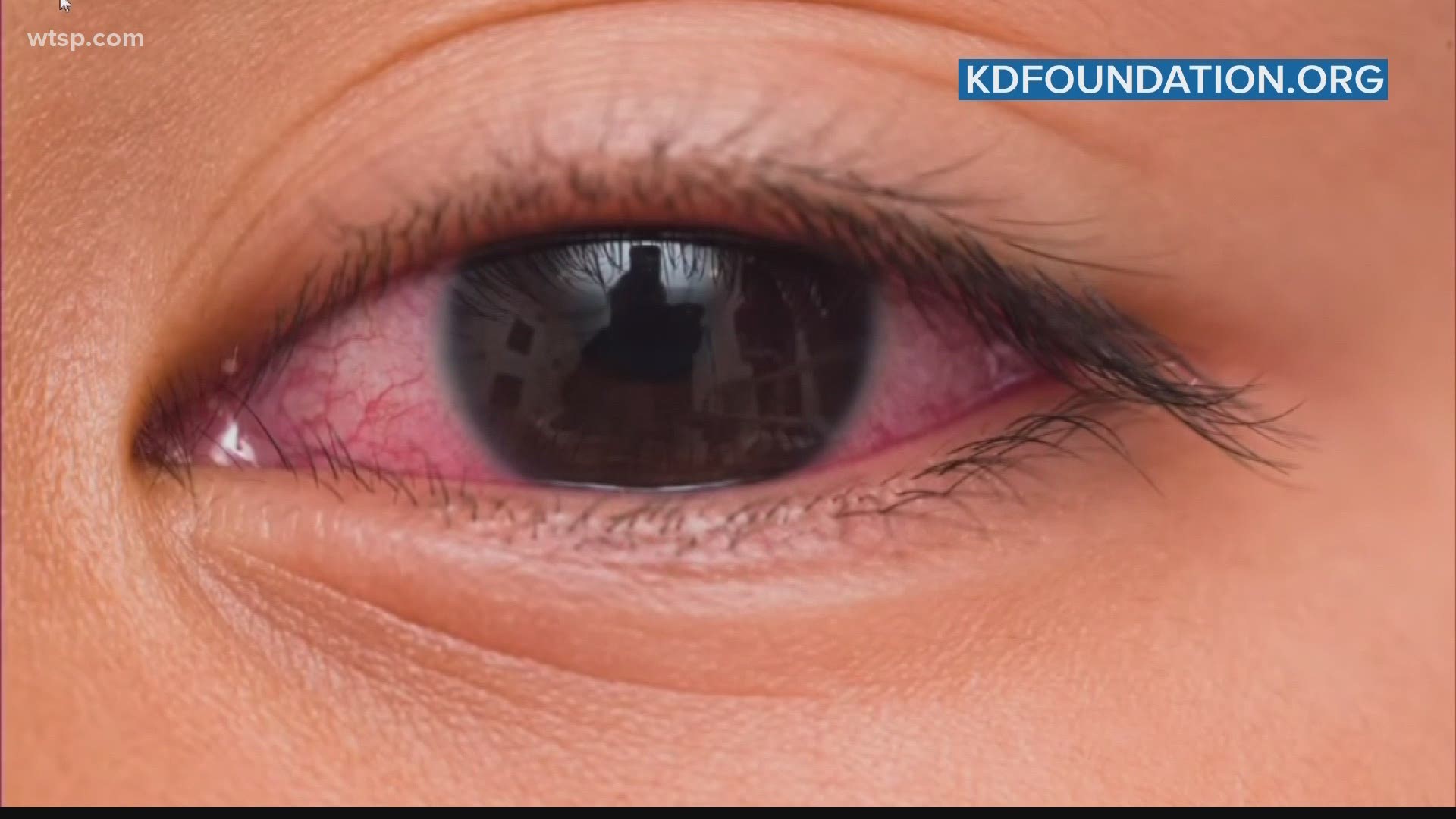SARASOTA, Fla. — Brand new research shows there's likely a link between pandemic prevention methods and lower rates of the Kawasaki disease.
First, what is Kawasaki Disease?
The American Heart Association describes it as the most common cause of heart disease that develops after birth in children, creating inflammation in blood vessels, particularly heart arteries. Kawasaki usually occurs before age 5 and is more common among children of Asian descent, although it affects children of all races and ethnicities. South Korea has the second-highest incidence of Kawasaki disease in the world, after Japan.
How do you get it?
The cause of Kawasaki disease is unknown but experts have long suspected it may be an immune response to infectious illnesses and/or viruses. Doctors believe your genes could make you more susceptible as well.
Researchers have been studying Kawasaki for more than forty years. According to the American Heart Association, symptoms of Kawasaki disease include fever, rash, red lips and strawberry tongue (bumpy and red with enlarged taste buds).


If your child has these symptoms, a doctor might send you right to the hospital because prompt treatment is critical to prevent significant heart problems. The American Heart Association says most children recover fully if they're treated right away.
In 2020, many experts started looking at the possible link between Kawasaki and the coronavirus in children when kids started to come down with some Kawasaki symptoms after their COVID infection. However, doctors quickly made a distinction between Kawasaki disease and what became known as a multi-system inflammatory syndrome in children (MIS-C), the new condition identified during the COVID-19 pandemic.
The American Heart Association says inflammation and gastrointestinal symptoms are worse with MIS-C, and MIS-C is associated with COVID-19 infection.
In fact, new research shows Kawasaki disease was less common during the pandemic.
A couple of key takeaways from new research published June 7, 2021, by the American Heart Association showed:
Rates of Kawasaki disease have substantially decreased in South Korea during the COVID-19 pandemic, a country that had the second-highest incidence of Kawasaki disease in the world.
The decrease could be due to the pandemic prevention methods in place around the world such as mask-wearing, hand-washing, school closures and physical distancing. This theory reinforces the hypothesis that Kawasaki disease may be prompted by infectious agents.
What other people are reading right now:
- 30% chance Caribbean disturbance could develop into tropical depression, named storm
- US Senate report details sweeping failures around Jan. 6 Capitol attack
- COVID-19 vaccines: Florida needs to step it up to reach Biden's goal
- New FDA approved Alzheimer’s treatment 'brings hope,' even if it’s not a 'miracle drug'
- Tampa Bay area cleanup efforts to get involved with for World Oceans Day
►Breaking news and weather alerts: Get the free 10 Tampa Bay app
►Stay In the Know! Sign up now for the Brightside Blend Newsletter


